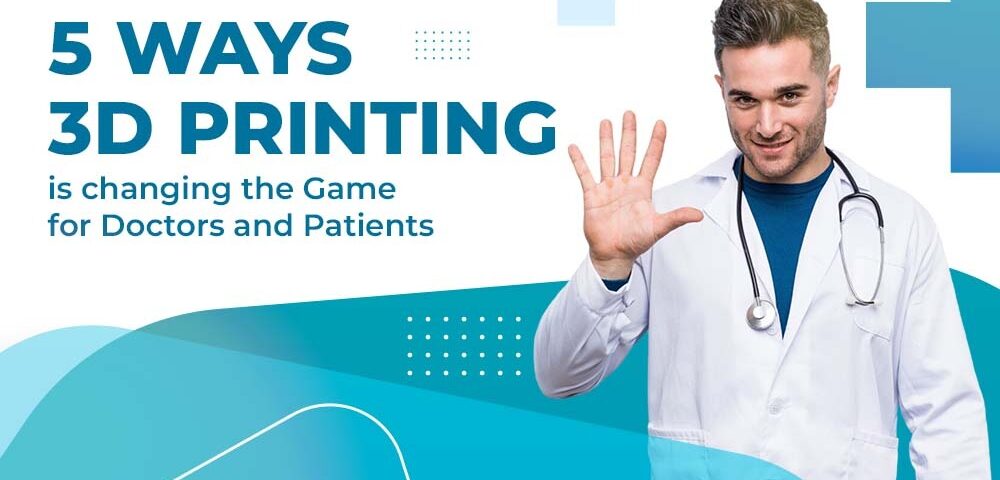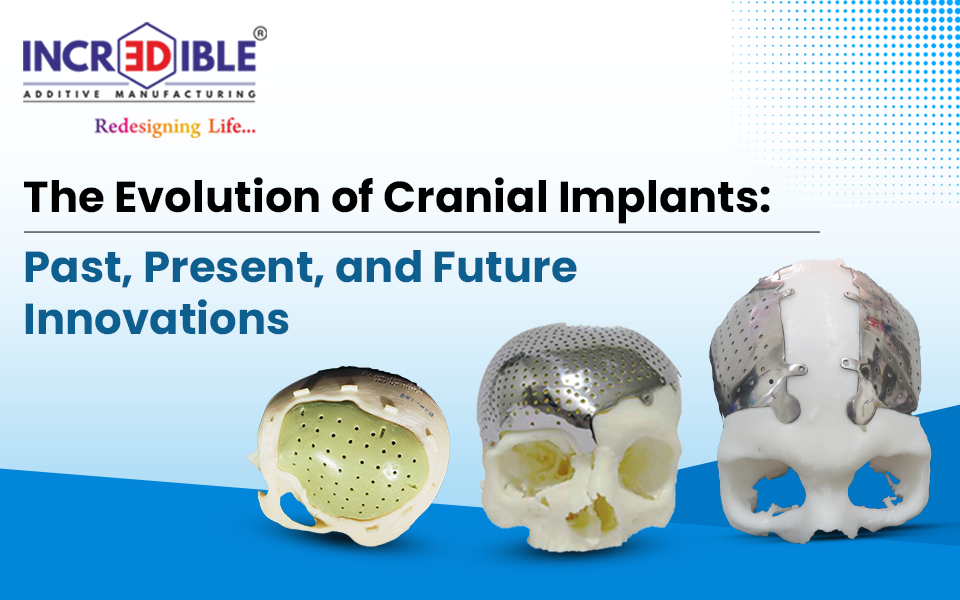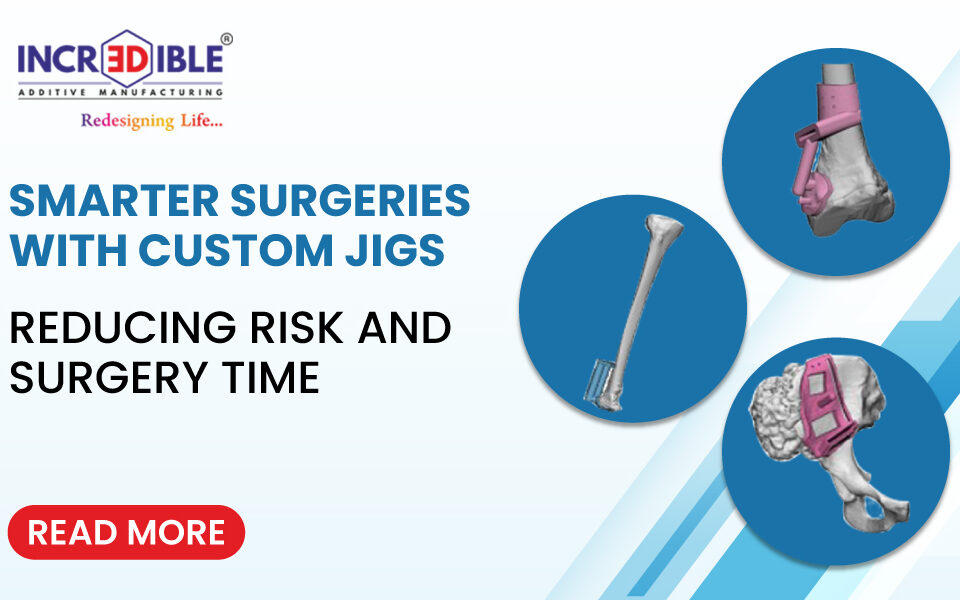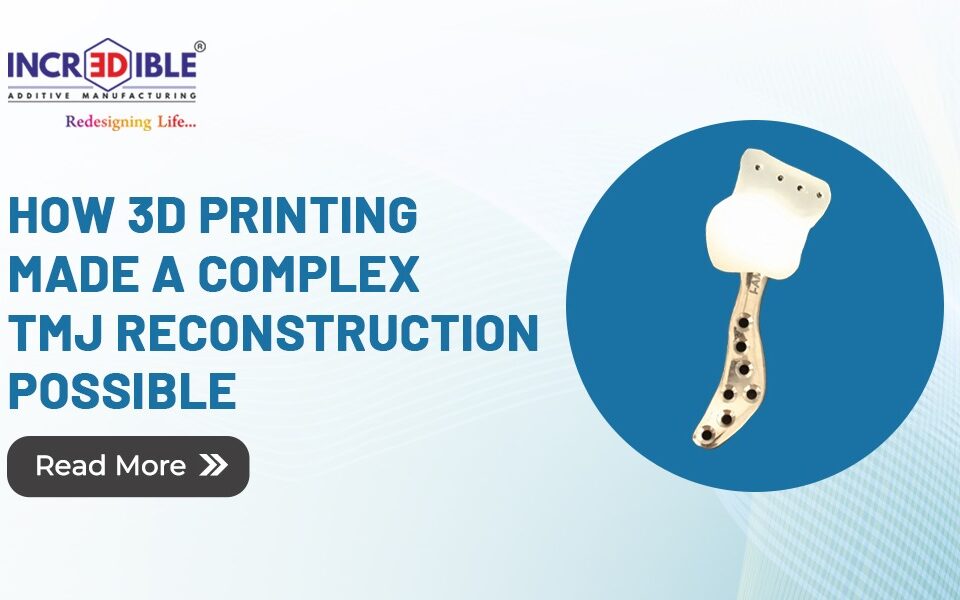The medical sector has seen a transformation recently thanks to the creation of customized solutions for various medical needs made possible by 3D printing technology. Almost anything may now be produced because of advancements in 3D printing technology, including dental gadgets, prosthetics, spinal and orthopedic implants, and delicate depictions of human anatomy. It is even quite transformative within this particular field in the sense that it is making it feasible to custom-fashion special instruments as well as general procedures specifically for a given case. Furthermore, the use of the 3D printing system allows changes to be made to the actual print depending on the surgeons input, improving patient care. Here is a further elaboration of how this technology is being applied and how it is changing the experience for doctors and patients alike.
Quicker and Adaptable Medical Instrument Production for Practitioners
3D printing in healthcare is handy in that it makes it easier and faster for any given doctor to obtain any given required medical tool or device. Traditional manufacturing methods may prove to be cumbersome, time-consuming, and expensive. At the same time, 3D printing offers an opportunity to achieve design variation, prototype development within a short time, and product testing before full production. Doctors especially derive benefits from this because they get well-tested tools and medical equipment or supplies with which they can effectively treat patients as soon as they are available on the market.
Affordable and Better Prosthetics for Patients
Prosthetic patients have benefitted from the use of 3D printers because it is now easier and cheaper to develop prosthetic parts that are tailor-made for the individual patient. A prosthetic before this technology only began with a general design and the wearer could flex it a little to fit the set standard, but to make precise adjustments for the perfect fit was out of the question for many; it would mean they have to spend extra money and probably a lot of time. Today, using 3D printing, we can produce prostheses that meet all the customers requirements and fit perfectly, for the same amount as making a standard model.
3D Printing Labs in Hospitals
The establishment of 3D printing in healthcare facilities has made it simpler for medical professionals to use this technology in their regular tasks. Before performing procedures, surgeons can study and practice on patient-specific models made in these in-house facilities, such as 3D-printed hearts. Doctors can better prepare for surgery by looking at an accurate representation of each patient’s unique anatomy. This could result in faster operating times, fewer anesthesias being used, and fewer complications.
On-demand Printed Instruments
In some cases if doctor request for printed instruments, 3D printing are offered with two major benefits. First, sterility is improved. Instead of instruments being stored and transported, which can introduce slight contamination risks, 3D-printed tools are sterile right after printing, minimizing infection risks for patients. Second, customization becomes possible. Rather than relying on large surgical kits with extra items, doctors can print only the exact tools they need, reducing waste and ensuring specialized instruments are available for unique procedures. This flexibility helps doctors provide safer, more efficient care tailored to each surgery.
Conclusion
In short, 3D printing is revolutionizing healthcare now and holds even greater potential, offering significant benefits for patients. As bioink technology progresses, we may soon see living tissues printed on demandsuch as organs for transplant, skin grafts, or even matching transfusion blood. The innovation from 3D Medical could make life-saving treatments more immediate and personalized than ever before.




